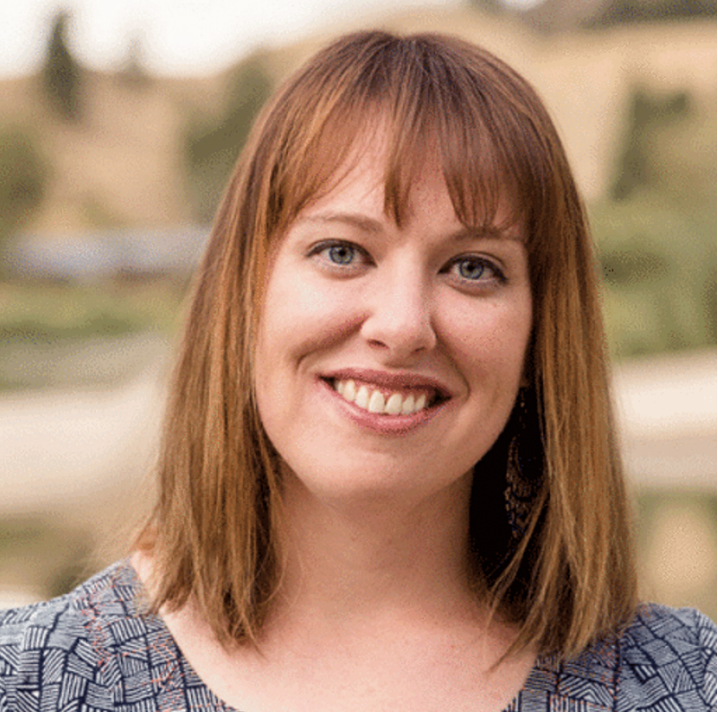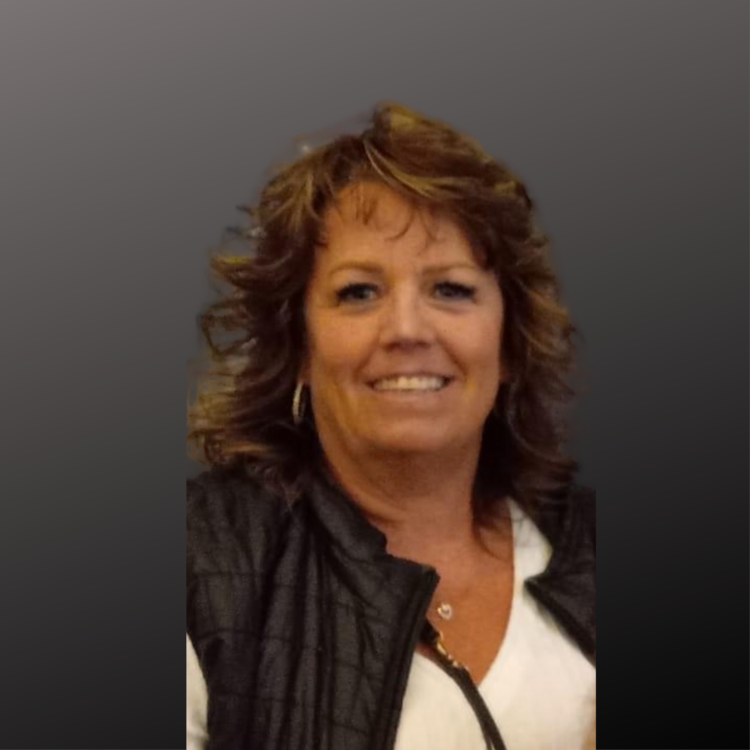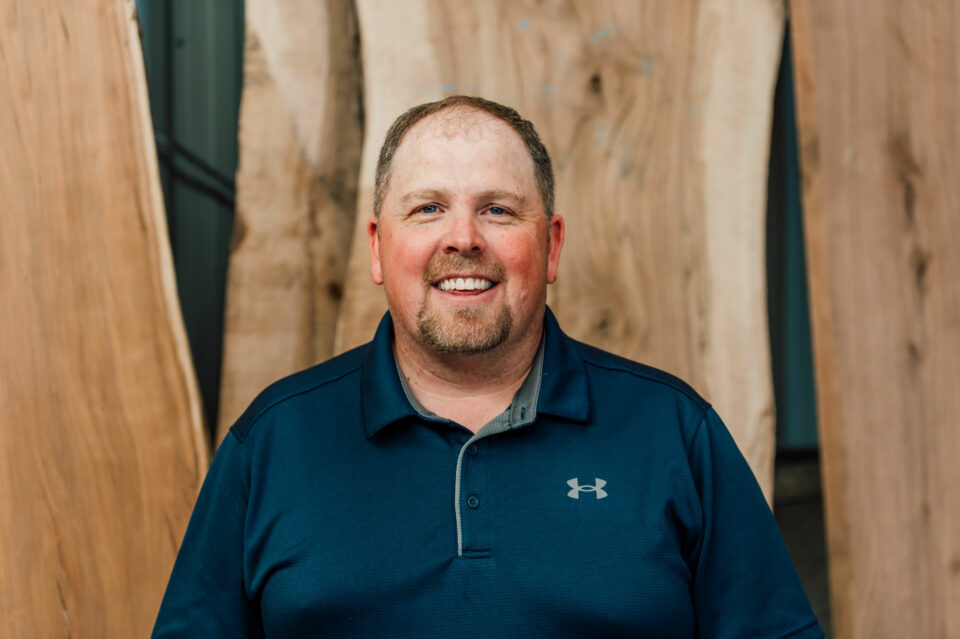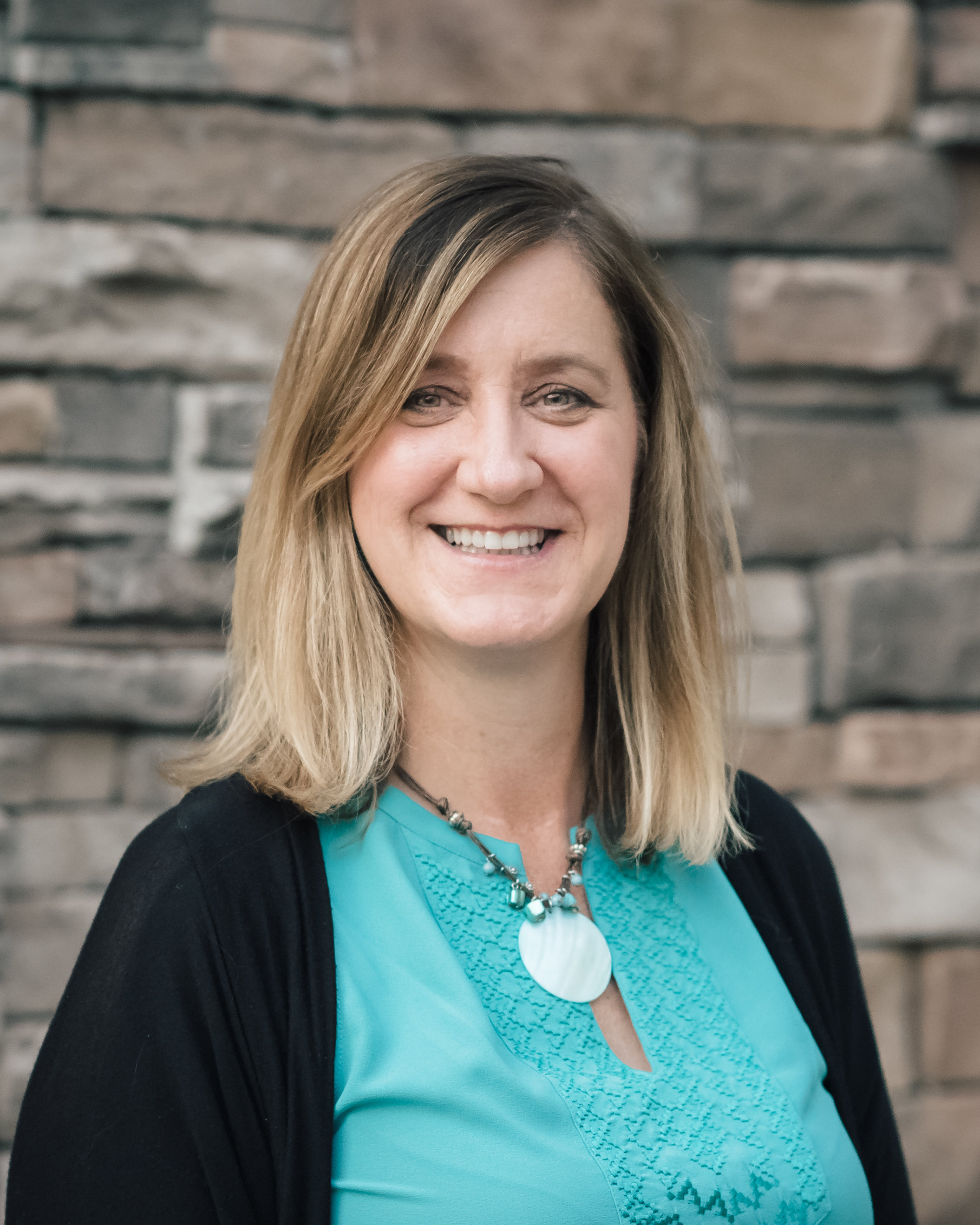
Cindy Trimp
January 31, 2018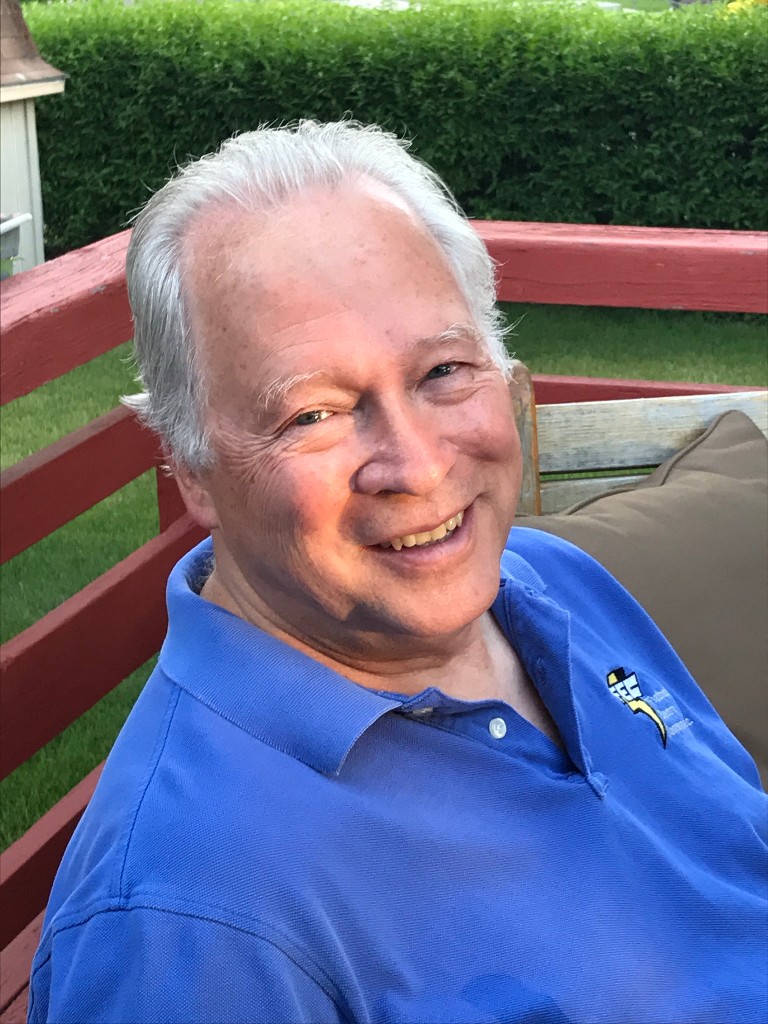
Alan Ruby
March 30, 2018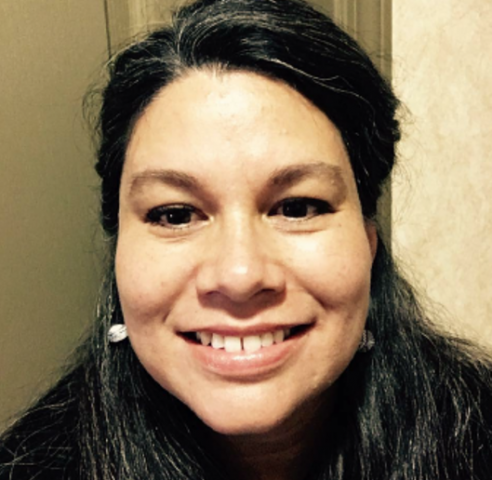
CLASSROOM REFLECTION
Heather Sobrepena, Class of 2018, Helena
We are all in this together. With an ever kind pre-session note from Anna Berg letting us know that LMT has yet to 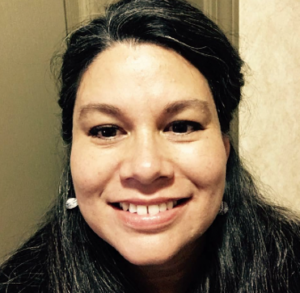 cancel a session due to weather, the class of 2018 hit the road with gravity. Those of us that gathered in Great Falls checked in with one another, doing an intuitive head count to make sure that we’d all arrived or stayed safely. So, it was absolutely fitting that our Great Falls/Havre session was a live synthesis of the dynamics of change and coalition building. We make plans, set goals, and learn that sometimes you go with Plan D. And make it happen.
cancel a session due to weather, the class of 2018 hit the road with gravity. Those of us that gathered in Great Falls checked in with one another, doing an intuitive head count to make sure that we’d all arrived or stayed safely. So, it was absolutely fitting that our Great Falls/Havre session was a live synthesis of the dynamics of change and coalition building. We make plans, set goals, and learn that sometimes you go with Plan D. And make it happen.
Tuesday’s pre-session reception was hosted by the Wendt Agency and arranged by Brenda Peterson (LMT 2008) at their historic Great Falls ice house headquarters. Brenda, staff and LMT alum were gracious hosts greeting us with an invitation to toss coats into Senior VP Carol Kruger’s office, grab a bevvy and snoop the marvelous open-concept architecture. With images of advertising campaigns and tag lines featuring Montana, local businesses, and team member personality profiles posted throughout the collaborative space, it was obvious that we were among friends. Many photo booth poses resulted in good (and oh so bad) funny photos. It was an enduring reminder that we find connection wherever we go, we care for and enjoy each other and want to capture every opportunity to make memories.
Our classmates, Carmen, Jerry, Anna and Chantel are the privilege of our time together. We carefully encourage being real and vulnerable with pre-presentation pep talks, hugs, and the Wednesday Ramsey Serenade. What we hold for one another and ourselves is that healing is not linear. It’s dying and lovingly learning to write and say the name of our eternal heart/ache and somehow learn to live in what we didn’t plan. Change is bravely walking across fields to sanctuary, lots of coffee, courage, healing in Montana’s outdoors, and making room for joy and challenges in our lives.
Community conversations reiterated that our time in place is so very special. To paraphrase City Manager Greg Doyon, we make the best decisions that we can at the time with the information at hand and then adapt. Dean of Great Falls College MSU Dr. Wolff is innovating ideas to serve the higher education community with timelines adjusted to real life and inclusive ‘in-state’ qualification for military-attached students who stand at the ready to serve. We heard the term ‘rightsizing’ from our Great Falls leaders who seek stability, affordability, and livability for their community. We heard Paris Gibson Square Museum of Art Curator Kristi Scott, avail the experience of modern art as an essential component of community that questions that for which we have no words. Lisa Watson-Whitford spoke of the conversation that initiated the Native American Welcoming Center at Benefits Hospital, a sacred space for the community to practice Native American cultural traditions and beliefs alongside Western medicine as well as an intended place to welcome all relations. And Brenda Peterson spoke of her leadership obligation and passion to go beyond and continue to share her experience and expertise as a founding member of Women Leading Montana.
Over lunch we had the sobering presentation by Colonel Bonetti of the Malstrom Airforce Base who oversees one of 450 U.S. military ICBM launch facilities flanking the Rocky Mountains. His presence, experience, presentation, ability to translate the complex into civilian, and weighed responses to gut-level classmate questions reassured the group that Col. Bonetti is a genuine and connected human capable of bearing this very real and difficult duty. The 819th RED HORSE (Rapid Engineer Deployable Heavy Operational Repair Squadron Engineers) sustains operations, engineering, and logistics for…everywhere there’s a military runway according to Commander Chichiri with home base at Malstrom AFB, Great Falls, Montana, USA. <Insert superlative>.
Wednesday wrapped up with a presentation of the Black Butte Copper Mine Project in White Sulphur Springs. This proposed mine of the Johnny Lee deposit is 17 miles north of White Sulphur Springs and 19 stream miles up Sheep Creek from the Smith River. This proposed mine is not without controversy. Montanans fiercely love and protect the Smith River. The Black Butte Copper Mine Project is the first ‘complete and compliant’ mine application in about thirty years in Montana with a possible ‘go’ by the end of the year. The opportunity cost is significant and Nancy Schlepp (LMT Class of 2017) and Jerry Zieg, lifelong community members of White Sulphur Springs have pre and post generations that weigh into their decision-making as leaders of this project. As Nancy Schlepp put it, “How can we protect and provide the resources?” We must. And the question is how.
Enter Thursday’s deepening weather conditions and the seemingly epic 100 yard trek from the hotel across the street to our Duck Inn meeting room. As snow continued to angle across the windows of our conference room, we learned that K-12 school was canceled, buses don’t run in negative temperatures, essential travel only was in effect. A trip to Chippewa Cree tribal headquarters was not advisable. So we went with Plan D. Which meant that while we had class member presentations, community conversations and a super cool tour of the BNSF locomotive repair facility (thanks Ross!), Anna and Chantel were busy confirming alternate iterations of the agenda.
We learned from Carson Sweeney (LMT 2015) of Northwestern Energy that you bloom where you’re planted and even if you can’t see it, energy infrastructure is huge and requires many Montana hands. Miles Hamilton gave us a micro-tutorial on banking regulations that disadvantage local banks who are the blood of commerce in small communities. Their survival is finding and growing the niche, which doesn’t fit neatly into mainstream commercial banking. Ranelle Braaten of ENELL shared how real women solving real problems have a place in the market and on Oprah. And Paul Tuss of Bear Paw Development Corporation reiterated that infrastructure investments are necessary to maintain livable communities across Montana. The tour of the BNSF repair facility was summed up by a sign posted on the wall “We have a heritage of service to our country.” These rail lines that traverse Montana and the country, their logistical function is massive and constant.
We came back like bison facing the storm to more class member presentations and learned that you can dance, sing, and make your own path. You get second chances. Wisdom, trust, and love come early, late and throughout life. Family is more than biology. It is who we choose, who chooses us, and with whom we are blessed to do life. Homes are more than walls, they are sanctuary.
Alvin Windy Boy Sr. then shared precious milestones of the Chippewa Cree history and leadership principles, starting with Chief Stone Child’s advice to ‘love one another, respect one another, [and] be kind to one another’. The Chippewa journeyed from the Pocono Mountains (Pennsylvania) to Garrison and back to what is now referred to Rocky Boy Reservation in the Bear Paw Mountains a result of Chief Stone Child’s vision of a place for his people. Relationships with the famous Frank Linderman, Paris Gibson, and others in the early 1900’s resulted in the Chippewa and Cree of the Rocky Boy Reservation being of the few non-treaty, unconquered tribes. Alvin shared that language and ceremony are essential to the Chippewa and Cree people and that ‘as time came this way, we changed that’. Alvin described in his own leadership experience he saw a different [and not so inspiring] side of people. This is important because what we’ve heard threaded throughout community conversations is that how we lead, describe ourselves, call on each other, and wayfind (language) as well as come together to honor place, space, time, and connectedness (ceremony) is what Alvin is seeking to restore in the people and place of Stone Child’s vision.
Following was the Loudest. Lunch. Ever and presentation by Erica McKeon-Hanson and Dr. Margarett Campbell of the Little River Institute of MSU Northern. (Plan A had been eating a sack lunch on a bus.) Plan D was as quietly as possible unwrapping a delish lunch wrapped in yards of toddler noisemaker delight while listening to Erica and Margie share their strategy to better integrate representation, curriculum, traditional language, and ceremony of the representative tribes along the hi-line into MSU Northern. Indian Education for All curriculum within the higher education system means students at MSU Northern will learn about and understand tribal constitutions, water treaties, Native sciences, cultural resource management, Native language proficiency, ceremony, and tribal sovereignty. We then traversed to the MSU Northern reception that included a tour of the new Diesel Technology building with Jim Bennett, Tracey Jette and a hosted dinner with Chancellor Greg Kegel and Sherry Kegel, Director of Student Health Services. The world class diesel technology program, the hospitality, and humility of Chancellor Kegel and this amazing MSU Northern family was inspiring. When all of these facets of community come together it is true collaboration.
In our final day’s session we learned from Carmen and Jerry that our gracious goal is to cycle from unconscious incompetence to unconscious competence while learning in public. Organizational change must be a led process and as individuals transition from ending to new beginning. Change must be acknowledged, identified, and grieved before moving on to a new status quo. And that is where we squared up to coalition building with Chantel. We were reminded of our LMT application answers that were grouped into themes, of which a new theme, civility, emerged. We brainstormed our coalition who and why and realized that our stakeholders were ourselves, LMT alumni, community presenters, and our institutions and businesses that knit our communities and common interests together. The constraints of weather, health, time, obligations, and priorities influenced our gathering and introduced unanticipated changes. However, it is this informal, intuitive commitment that we’ve made with one another to abide, to become vulnerable before we are ready, to trust and become fast friends that we have become knitted together and have decided that civility needs to overlay our every call to action. We are all in this together.



